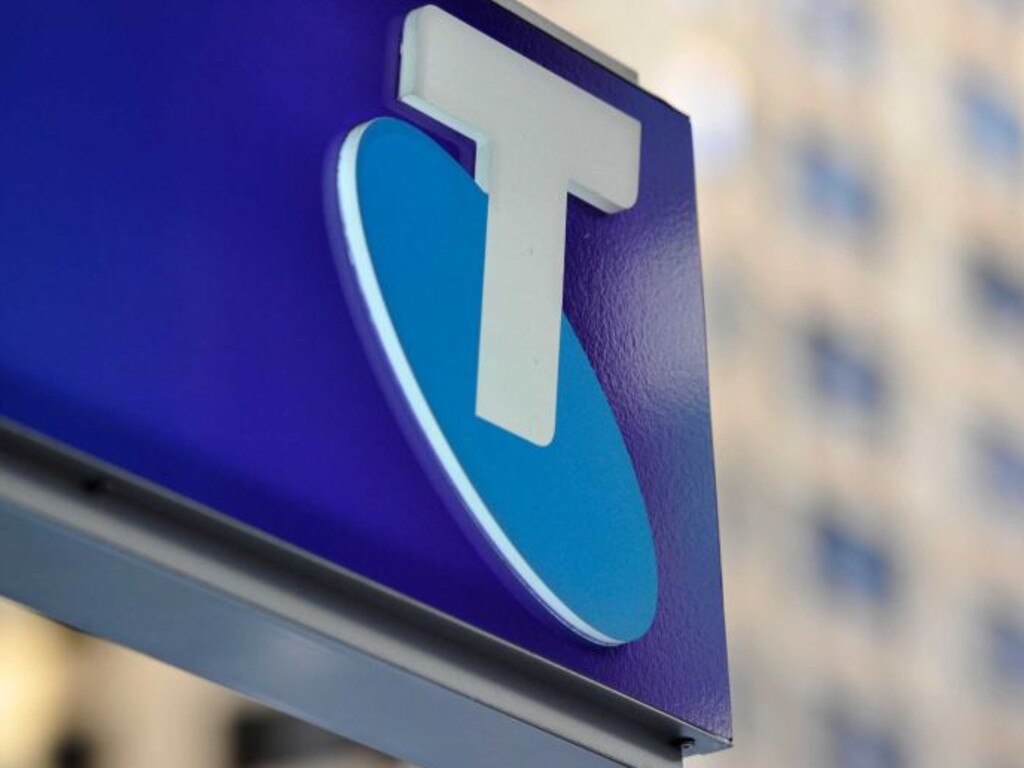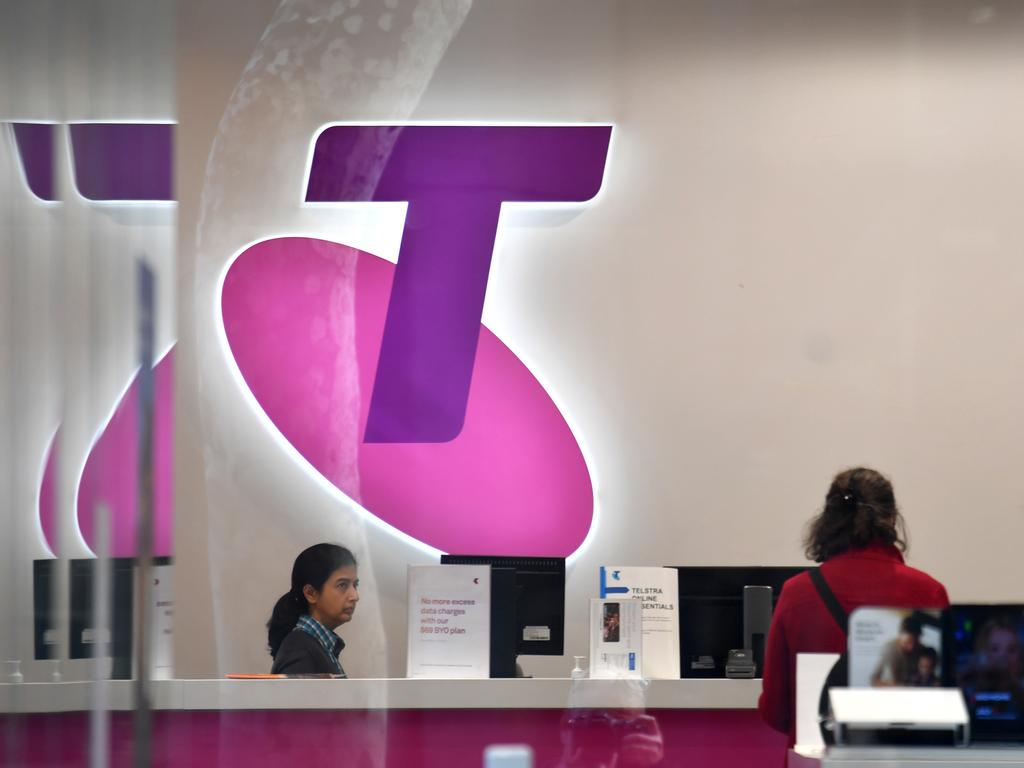
Is this a magic pudding that could boost the value of many other listed Australian companies? And what are hazards in such a manoeuvre that the market may be ignoring?
Many companies have properties, plants and similar assets that could be hived off into a separate listed entity to take advantage of the market’s thirst for infrastructure-owning vehicles that pay high dividends.
The token interest rates being offered on bank deposits and the low corporate bond rates has created an unprecedented demand for investments that provide a worthwhile yield with a high degree of safety. And that global demand will be increased further by this week’s China bond tender which saw negative rates further enhancing the value of “yield” assets as Australia is pressured to take the same path.
In the case of Telstra, the trading company will pay the infrastructure fund a “rent” to use the mobile phone network and other assets. Accordingly, Telstra profits are diverted into a fund that pays out a high proportion in dividends. It therefore gains a greater market rating, because it is priced on the basis of cash flow available for distribution.
While maintenance expenditure is required, there is no need for substantial retained earnings. New infrastructure will normally be funded by a new rental agreement and a new capital raising based on the attraction of the deal.
In the case of Telstra, its international assets to be transferred to the infrastructure fund gain most of their revenue from third parties so are in a different category to assets where the Telstra trading company is the customer.
More potential
BHP and other miners have rail and port assets that could be similarly structured and most freehold properties owned by listed companies could be transferred to a similar infrastructure vehicle. So there is considerable potential for more Telstra-type arrangements. But there are a number the reasons that companies have been reluctant to embrace the new Telstra model.
In simple terms, currently any “rent” paid is internal and incorporated in the total Telstra profit. Part of that profit must be retained and invested to maintain the business, which curbs distribution. In past years the banks and to some extent Telstra distributed too big a proportion of profits in dividends and did not invest sufficient funds in their businesses. For banks this was a disaster. There is a risk that if too much profit is diverted to infrastructure “rent” then overall distributions will once again be too high.
If there is an adverse market situation that sharply reduces trading profits normally dividends are reduced as the company goes into survival mode. But if “rent” payments are being made to an infrastructure company then they must continue irrespective of the fortunes of the trading enterprise.
A potential hazard
And there is also a potential trap. Because infrastructure is priced at a higher level, when it is incorporated into a separate listed company, there is then the temptation to pay a high “rent” and therefore maximise the addition to total market capitalisation.
But that presents a hazard for any trading company involved in a highly competitive market that must invest to keep pace with competitors. In addition there is the problem of technology change. Will the Telstra infrastructure company want to invest in 6G, 7G or 8G assets where the returns are marginal but it’s necessary to keep the trading company ahead of the game. The infrastructure company may demand a “rent” to justify the investment that is not economic for the trading company.
In Telstra that dilemma is not likely to emerge in the short term because everybody still feels part of the same operation, but longer term it could be a problem. And of course if Telstra purchased NBN then potentially the infrastructure company will own two rival assets. Boards around the country have looked at this obvious reorganisation and for the most part decided not to do it because of the dangers it poses to the trading company.
But the boost in Telstra share prices will put restructures back on the agenda for a number of listed enterprises. And for retirees looking for income there will be considerable joy.







The share price of Telstra has risen by around 15 per cent this month on the basis of a simple asset restructure: the creation of a separate company to own and develop the group’s infrastructure assets. There was no change in the company’s basic operations and trading performance.